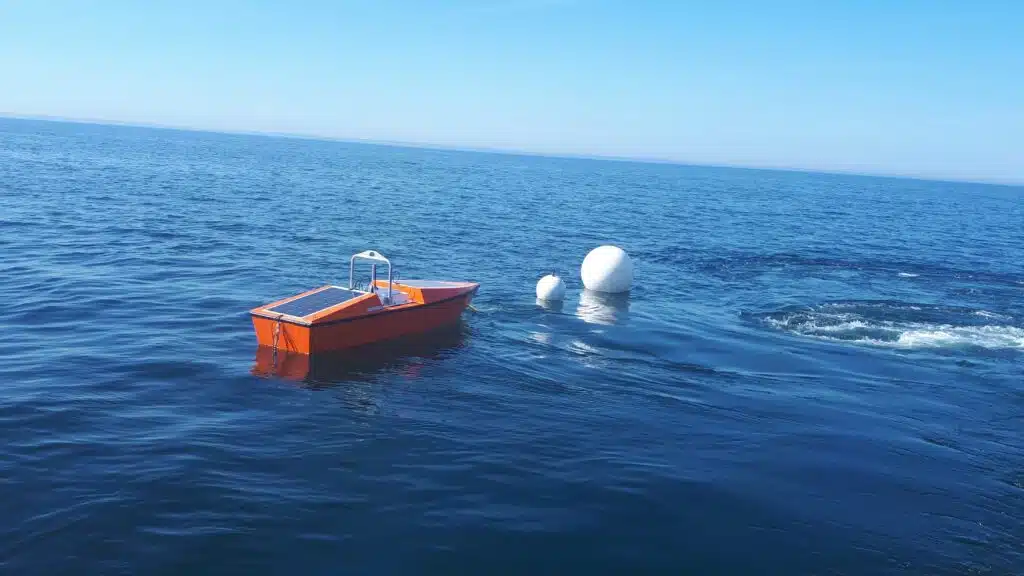Enhancing biodiversity and ocean resilience
Reducing anthropogenic noise directly benefits marine life, particularly species that rely on sound for communication, navigation, and reproduction. Healthier ecosystems are more capable of supporting fisheries, storing carbon, and resisting climate stressors.
